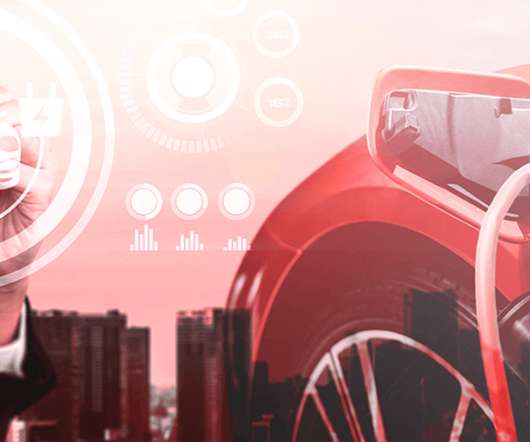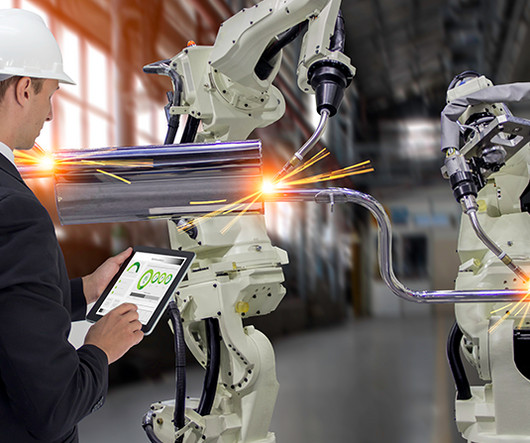Ease the Burden of Labor Shortages and Increase Supply Chain Resiliency
Logility
JUNE 30, 2022
The trucking industry was down 80,000 drivers in 2021, and that shortage is anticipated to balloon to 160,000 by 2030. The labor supply is shrinking in Germany, Poland, Russia, and Japan, and contraction is expected to quicken. million by 2030. It’s a global problem. China, which had a worker surplus of 55.2 million to 75.3




















Let's personalize your content